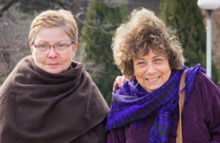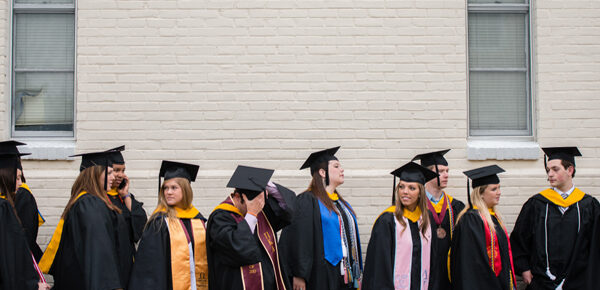Purdue University Northwest’s (PNW) Center for Innovation through Visualization and Simulation (CIVS) is taking its commitment to the community to a new reality through its work producing innovative solutions to industrial and research challenges across Indiana and the nation.
CIVS is an interdisciplinary applied research center that combines advanced simulation techniques with 3-D visualization technologies. The Center is recognized around the world for its integrated, application-driven approach to solving real-world problems.
Since it was established in 2009, CIVS has completed more than 140 projects and helped companies save more than $38 million.
Some 4,400 students also have used CIVS technology to learn experientially in response to real-world issues. More than 86 faculty and staff also have been engaged in CIVS activities, guaranteeing that the Center’s work will continue making a substantial economic and intellectual impact on local and global communities, as well as providing research opportunities for PNW faculty and students.

PNW, a longtime ACE member, has a history of supporting and opening its doors to emerging leaders. Newly appointed Provost Ralph O. Mueller was an ACE Fellow in 2007-08 and is currently partaking in the nine-month ACE Institute for New Chief Academic Officers, which helps recently appointed chief academic officers address the unique challenges they face in their positions.
PNW Chancellor Thomas Keon also hosted an ACE Fellow, and both Mueller and Keon say they look forward to hosting more Fellows in the years to come.
At a Glance:
ACE Member Institution: Purdue University Northwest
Program: Center for Innovation through Visualization and Simulation
Honors and Recognition:
- 2016: CIVS was selected by President Obama to join the Smart Manufacturing Innovation Institute, a group of 200 partners from academia, industry and the non-profit sector, with the mission to further advance manufacturing technology, a supporting workforce and an education pipeline.
- 2012-13 Chanute Prize for Team Innovation
Become a member: As a member of ACE, you join over 1,600 organizations that collectively promote, protect and advocate for students, faculty and administrators in higher education. ACE is the most visible and influential higher education association in the nation, and we are at the center of federal policy debates concerning legislation that affects campuses across the country. See more on the ACE website.
If you have any questions or comments about this blog post, please contact us.


